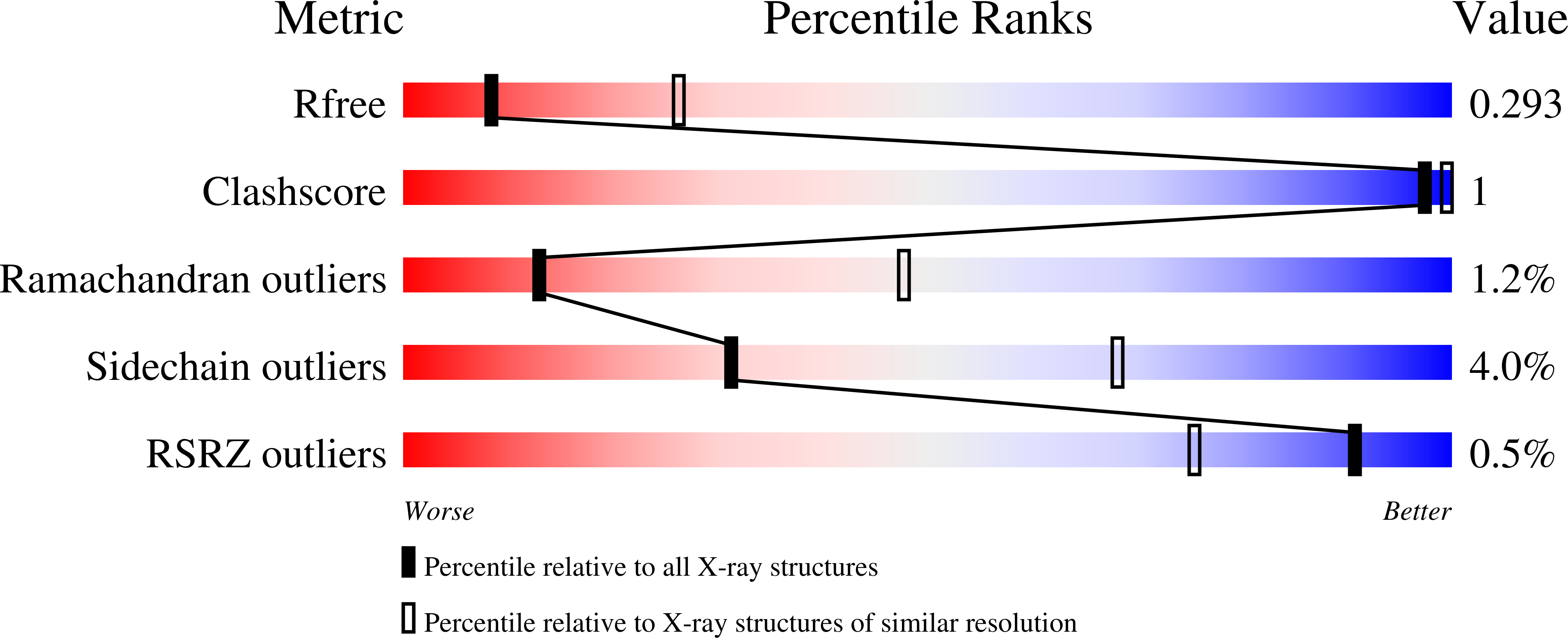
Deposition Date
2021-07-16
Release Date
2022-07-27
Last Version Date
2025-10-22
Method Details:
Experimental Method:
Resolution:
3.00 Å
R-Value Free:
0.28
R-Value Work:
0.18
R-Value Observed:
0.18
Space Group:
P 1


